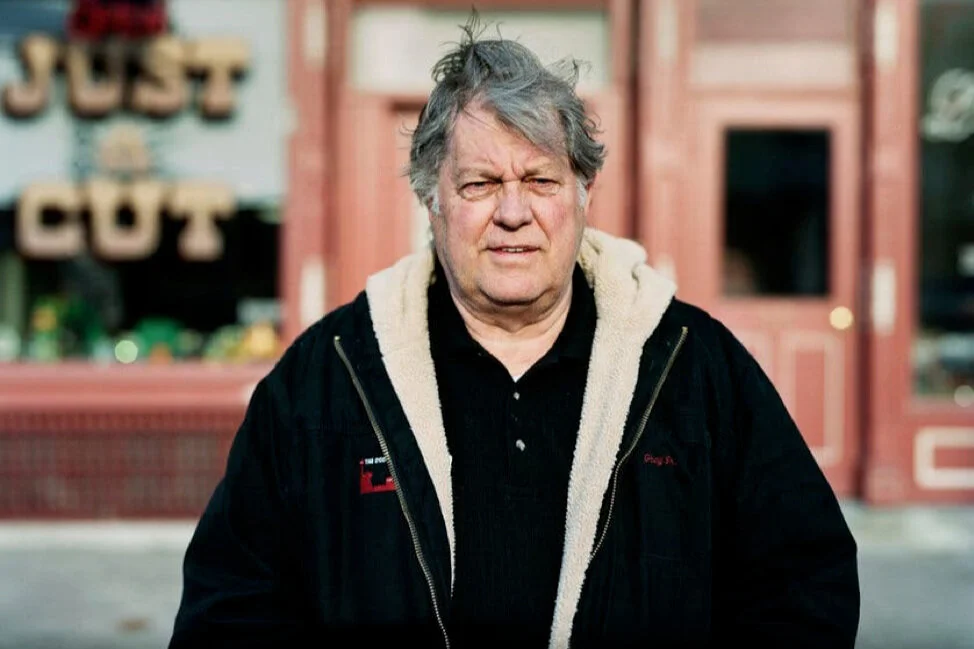Christian Grey is the executive director of inCOMMON Community Development, an organization that aims to alleviate poverty at a root level by uniting and strengthening vulnerable neighborhoods.
Read MoreWhen the owners of Lawrence Hall bought the abandoned building, they had a vision of reviving it into a food hall that would support small businesses and help their community thrive. They never imagined that a few parking spots would put their dream on hold for seven years.
Read MoreIn 2018, a group of concerned citizens met in a South Dakota coffee shop to talk about their city’s problems. Now, they’re working with a $100k budget for small-scale—but big-impact—projects in their community.
Read MoreYour community may need to reshape how it thinks about community and economic development.
Read MoreThis Sunday, a Strong Towns member invites our Neighborhood Storyteller to see how his neighborhood alliance is building community…with a block party!
Read MoreStrong Towns member Montavius Jones is committed to making Milwaukee, WI, a better place to live for everyone.
Read MoreThis grassroots organization has taken it into their own hands to activate and revitalize their community in Utica, NY.
Read MoreThis congregation launched a non-profit organization to help its neighbors—not as an act of benevolence for them, but in solidarity with them.
Read MoreIn a world of real estate investors seeking quick profits, we need more people like Greg O'Connell.
Read MoreCleveland’s “richest poor neighborhood” is empowering its neighbors to help each other.
Read MoreYou're surrounded by more Strong Towns advocates than you might realize. Here's a simple, 3-step plan for how to connect with them.
Read MoreStrong Towns member Michael Smith and colleague Aaron Holverson are working to make Rockford, IL a more economically resilient place.
Read MoreAt the West Virginia Community Development Hub, these two women are helping local leaders grow and thrive, building a better future for their communities.
Read MoreHere are three local leaders you should know. Representing both local government and the nonprofit sector, they are listening to the needs of neighbors, and taking incremental steps to make their communities more financially resilient.
Read MoreThe actual tracks are gone, but the “other side of the tracks” divide remains. Can a community garden on the site of the old rail line help knit the town back together again?
Read More














